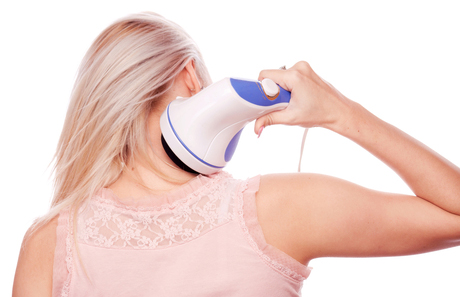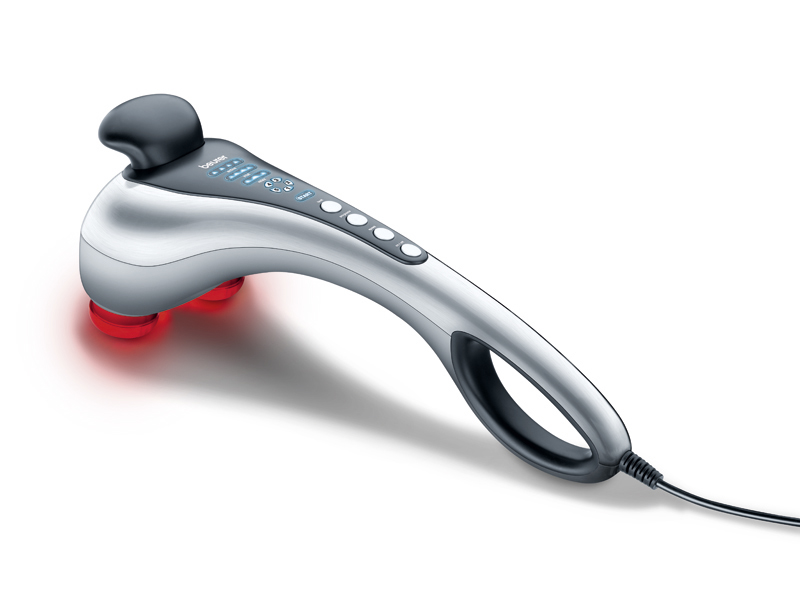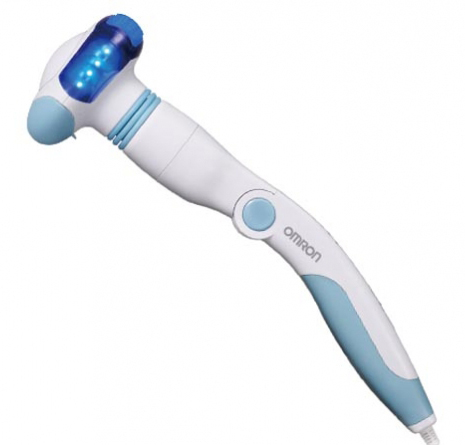While pain management devices are not something brand new on the market—for example, transcutaneous electrical nerve stimulation (TENS) technology has existed for over 50 years—the market is witnessing a revolution thanks to the introduction of products like IcyHot SmartRelief TENS Therapy by the French player Sanofi, which has made pain management products more accessible and available to consumers.
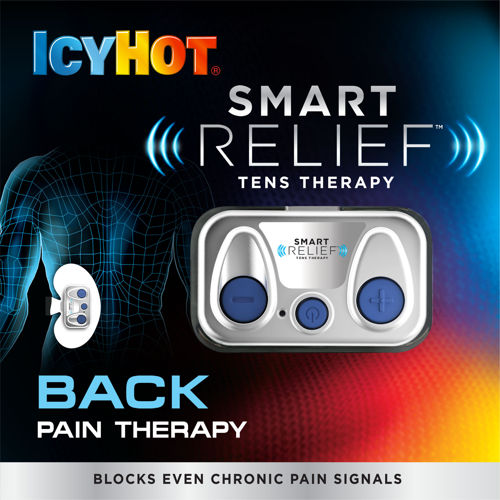
The response from other marketers was apparent shortly after powered pain management devices became mainstream through Sanofi’s new product launch. Today, several hundred brands of TENS devices are listed by the U.S. FDA (Food and Drug Administration). The market is growing at a very healthy pace, with Kline’s initial estimates showing that the TENS segment in the United States is increasing by about 20% in sales.
TENS is not the only growing segment for at-home pain management in the United States. The use of light therapy to treat pain is increasing, although the market is still small. In Europe, heat-based devices seems to be more dynamic than TENS devices, as there are more entries and exits into this segment. In Brazil, because of strict certification procedures for most powered devices, the non-powered devices segment surprisingly drives growth. Something interesting to note is that, unlike elsewhere, the TENS and microcurrent electrical nerve stimulation (MENS) product categories that are mostly dominated by local players cope best with regulatory burdens.
In our ongoing research for a new study called Pain Management Devices: Global Market Analysis and Opportunities, in addition to the United States, Europe, and Brazil, we are also looking into other country/regional markets: Mexico and three big markets in Asia (Japan, South Korea, and China). This is to better understand the importance of the pain management devices market in each of these territories, its structure, dynamics, and opportunities. Furthermore, Agnieszka Saintemarie, the report’s Project Manager, reveals some interesting findings from the research in progress.
The report has a multi-regional professional survey part. What are you hoping to discover through that piece?
In line with our in-depth research in the seven markets mentioned above, we are also running a survey with doctors in the United States, Mexico, Germany, and China. For the purpose of this survey, we carefully selected several different types of medical specialists from each market analyzed. These specialists include, for example, chiropractors in the United States, orthopedists in Germany, or traditional Chinese medicine doctors in China.
Through this survey we would like to obtain a better understanding of what pain relief solutions are currently used both in the professional setting and which are recommended for at-home use, as well as what type of pain is being treated by these solutions. We are also trying to map out the opportunities that exist for pain treatment—gather ideas from those that are closest to consumers suffering from chronic pain.
Do you have any idea of how big this market is in the United States, and how fast it is growing? How about other regions?
The market in the United States is very fragmented. TENS and microcurrent devices alone are represented by over 500 brands officially registered with the FDA. Our research to date reveals that the market for powered devices shows double-digit growth in the United States.
In Brazil, the market size is just over $100 million and growing by single digits, although the market’s full potential is limited by the strict regulations of the Brazilian Health Ministry. This is particularly true for powered devices and TENS, MENS, laser, and ultra-sound, which require technical/medical certification of therapy effects. Obtaining this certification is a long and costly procedure in Brazil.
The Mexican market grows at a similar pace to the Brazilian market. Nevertheless, its size is definitely less significant, as it does not account for even 10% of the Brazilian market.
What have you learned about the channels these products are sold in? Does it differ widely from country to country?
The channels of distribution vary from one country to another. In the United States, the drug store channel is extremely important, along with mass-market merchants, such as Walmart. One should also not underestimate the reach of the direct channel, such as online sales.
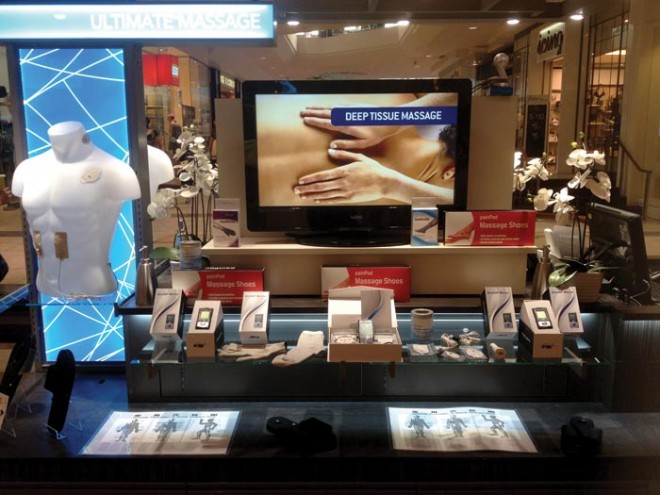
In Brazil, specialized/medical stores are the key channel, accounting for approximately three-fourths of total sales. Pharmacies are an important channel when it comes to non-powered devices.
In Mexico, the sales strategy varies by brand, but selling powered devices directly through medical establishments, especially large chains of hospitals/clinics, where patients can be advised by physicians, is common.
What are some examples of the more interesting devices you have discovered through your research so far?
We are seeing a trend for new product launches that are centered on multi-functional devices. Examples include the combination of a massage/vibration device with a light device, such as Beurer’s MG70 Infrared Massage or Omron’s HM112 massage unit with LED-generated heat.
|
|
|
In the non-powered devices segment, combining heat and ice packs are a common practice, such as with the use of gel wraps that can be frozen for cold treatment or microwaved for heat therapy.
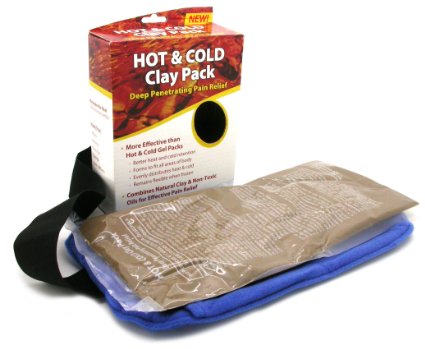
Another interesting development is alternative solutions. For example, in Mexico, where heat/ice packs are a mature market dominated by private-label brands in specialized medical stores and spas, an alternative concept of natural heat/cold seed packs has been growing at an annual rate of over 10%.

To learn more about this emerging market, please refer to the Pain Management Devices: Global Market Analysis and Opportunities report—a multi-volume series featuring a global executive overview, market assessments for key geographies, and an attitude and usage survey with pain management professionals.
